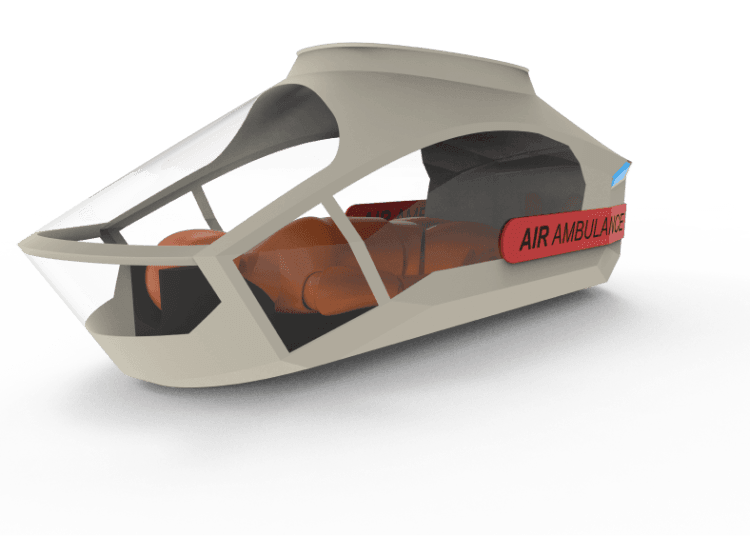Distressed assets available

The market for distressed assets in India is vast and will increase in the days to come, given the size of the Indian economy, its growth potential of 7+% for over next two decades or so, increase in intensity of innovation and competition, expansion of credit market and credit growth of 15%.
This overview was given by Dr M S Sahoo, Chairperson of the Insolvency and Bankruptcy Board of India (IBBI) at the FICCI-IBBI-HCI Singapore Conference on Indian Bankruptcy Code (IBC) held in Singapore on 6 June 2019.
Given the future potential of the Indian economy, it is a great opportunity as far as investors are concerned. Therefore, those seriously thinking about investment in India, there cannot be a better time than the present one when distressed assets are available through the Code, he told some 200 investors at the conference.
Dr Sahoo further explained that the criticism about haircut is unfounded as haircut is a bonus as compared to liquidation value of the firm. In every jurisdiction, initial years had witnessed higher haircut, which declined over time.
Speaking on the improvement in credit behaviour of corporates, Dr Sahoo further said that repayment of debt is no longer an option. The credible threat of a CIRP (Corporate Insolvency Resolution Process) that the control and management of the firm may move away from existing promoters and managers, most probably, forever, deters the management and promoters of the firm from committing a default and making the best efforts to avoid default.
With the Code in place, repayment of loan is no more an option; it is an obligation. As rightly stated by the Supreme Court, defaulter’s paradise is lost, he said.
Dr Sahoo acknowledged the support of the Judiciary, Government and the Regulators in facilitating implementation of the Code, both in letter and spirit.
He explained that SEBI has exempted acquisitions under resolution plans from making public offers under the Takeover Code, RBI has allowed external commercial borrowing for resolution applicants to repay domestic term loans and the Competition Commission of India has devised a special route for expeditious approvals for combinations envisaged under resolution plans.
The Revenue Department has allowed setting off the aggregate amount of the unabsorbed depreciation and loss brought forward against book profits arising from a resolution plan.
The Supreme Court has been deciding matters in a matter of days and settling the law. The Government has demonstrated the highest commitment to this reform. It subordinated its dues to claims of all stakeholders except equity.
With clearing of Non-Performing Assets (NPAs) linked for defunct and sick companies in recent processing of cases, he expected creditors to recover 100% dues from their client companies with active business though they head for IBC for resolving cases of stressed assets and NPAs.
“This is because new NPA companies going through the IBC system are active businesses,” said Dr Sahoo after addressing the conference.
“We are seeing active companies coming to the IBC system and we expect 100% recovery for the creditors,” he disclosed.
“We have a few cases of active businesses where creditors have recovered 100% due to them,” said Sahoo of the companies with NPAs or unable to service debts.
Sahoo is also happy with the level of recoveries from NPA-laden companies made under the IBC system so far.
The liquidation value recovered from 43% of NPAs have worked out to 200% of the total due to the creditors though 57% have been considered as losses or hair-cut cases.
“The 43% recovery works out to 200% of the liquidation value means if these resolutions had not happened the companies would have been liquidated,” he explained.
“If you look at in respect of amount due, it is a haircut, but from the perspective of liquidation value, it is a bonus for the creditors,” said Sahoo.
The 43% recovery is because a significant number of the companies processed under IBC system were defunct or sick companies, some without any business for many years.
Till date, he estimates NPAs linked to banks at Rs.10 lakh crore while data is not available on NPAs outside the banking sector.
The IBC has strengthened creditors rights and the credit market will continue expanding, he said.
Sahoo sees credit growth at 15 per cent and expected more NPAs but he accepted these as ongoing businesses with losses being part of failures within the environment. fiinews.com









